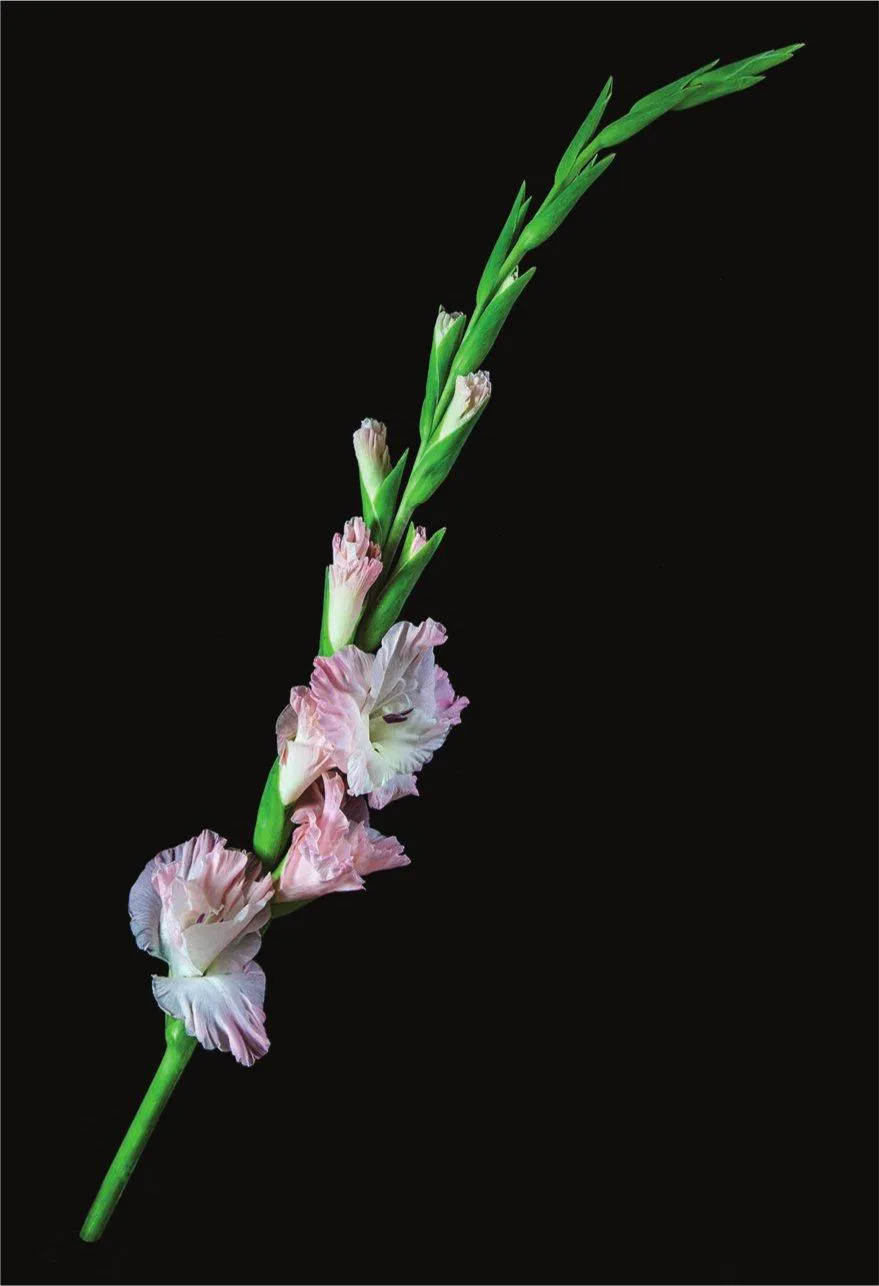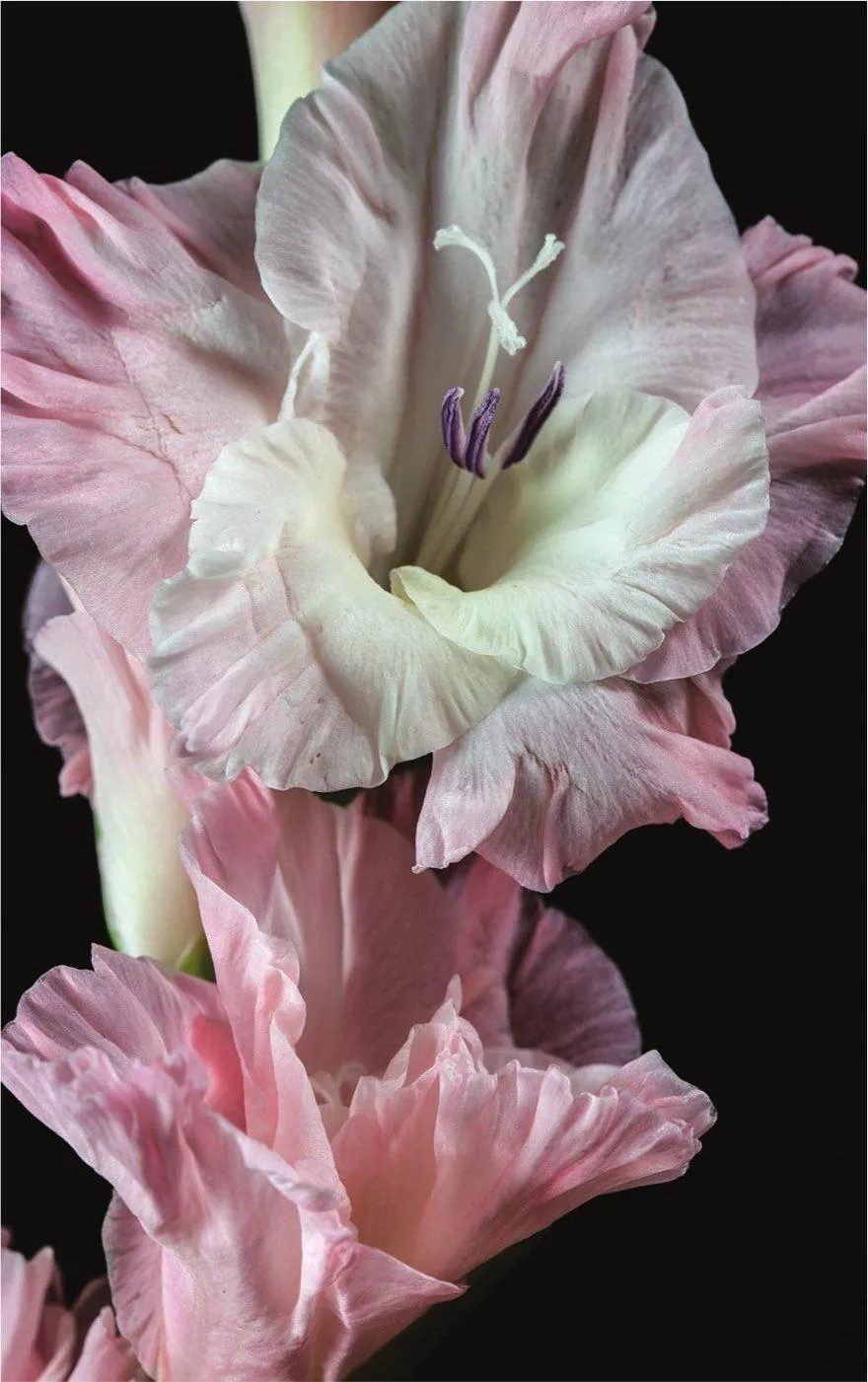
eBook - ePub
Close-Up and Macro Photography
Art and Techniques
John Humphrey
This is a test
Buch teilen
- 160 Seiten
- English
- ePUB (handyfreundlich)
- Über iOS und Android verfügbar
eBook - ePub
Close-Up and Macro Photography
Art and Techniques
John Humphrey
Angaben zum Buch
Buchvorschau
Inhaltsverzeichnis
Quellenangaben
Über dieses Buch
High magnification photography is immensely exciting and rewarding. Through the close-up lens, everyday objects produce striking images, and small creatures show amazing detail that usually goes unnoticed. This book is both a practical guide to each step of the close-up process, as well as a source of inspirational ideas and subjects for producing high-impact images. Topics covered include: cameras, lenses and equipment; step-by-step techniques for high quality results; ideas for close-up subjects, including flowers, insects and still life; composing close-up pictures for maximum impact; using software for creative effect and suggestions for presenting macro photographs.Superbly illustrated with 229 stunning colour photographs.
Häufig gestellte Fragen
Wie kann ich mein Abo kündigen?
Gehe einfach zum Kontobereich in den Einstellungen und klicke auf „Abo kündigen“ – ganz einfach. Nachdem du gekündigt hast, bleibt deine Mitgliedschaft für den verbleibenden Abozeitraum, den du bereits bezahlt hast, aktiv. Mehr Informationen hier.
(Wie) Kann ich Bücher herunterladen?
Derzeit stehen all unsere auf Mobilgeräte reagierenden ePub-Bücher zum Download über die App zur Verfügung. Die meisten unserer PDFs stehen ebenfalls zum Download bereit; wir arbeiten daran, auch die übrigen PDFs zum Download anzubieten, bei denen dies aktuell noch nicht möglich ist. Weitere Informationen hier.
Welcher Unterschied besteht bei den Preisen zwischen den Aboplänen?
Mit beiden Aboplänen erhältst du vollen Zugang zur Bibliothek und allen Funktionen von Perlego. Die einzigen Unterschiede bestehen im Preis und dem Abozeitraum: Mit dem Jahresabo sparst du auf 12 Monate gerechnet im Vergleich zum Monatsabo rund 30 %.
Was ist Perlego?
Wir sind ein Online-Abodienst für Lehrbücher, bei dem du für weniger als den Preis eines einzelnen Buches pro Monat Zugang zu einer ganzen Online-Bibliothek erhältst. Mit über 1 Million Büchern zu über 1.000 verschiedenen Themen haben wir bestimmt alles, was du brauchst! Weitere Informationen hier.
Unterstützt Perlego Text-zu-Sprache?
Achte auf das Symbol zum Vorlesen in deinem nächsten Buch, um zu sehen, ob du es dir auch anhören kannst. Bei diesem Tool wird dir Text laut vorgelesen, wobei der Text beim Vorlesen auch grafisch hervorgehoben wird. Du kannst das Vorlesen jederzeit anhalten, beschleunigen und verlangsamen. Weitere Informationen hier.
Ist Close-Up and Macro Photography als Online-PDF/ePub verfügbar?
Ja, du hast Zugang zu Close-Up and Macro Photography von John Humphrey im PDF- und/oder ePub-Format sowie zu anderen beliebten Büchern aus Arte & Fotografía. Aus unserem Katalog stehen dir über 1 Million Bücher zur Verfügung.
Information
Thema
ArteThema
FotografíaChapter 1
The Basics
The world of close-up and macro photography is full of jargon and technical terminology, often used rather casually. This chapter sets out and defines the main terms used throughout the book, and considers some of the key challenges in preparing for close-up work.
Close-up
Close-up photography is a descriptive term, rather than a precise scientific measure. It is simply used to describe photography where the subject is ‘close’. As a result it is rather dependent on the size of the subject. Taking a close-up picture of a fly presents quite a different challenge from taking a close-up picture of a horse.
In this book, close-up photography will cover images where the subject is reproduced at around one-twentieth of life-size or greater on the camera’s image sensor.

Fig. 1.2
This picture of a gladiolus flower is about one-twentieth life-size on the 36mm camera sensor, the lower end of close-up photography covered in this book.
This picture of a gladiolus flower is about one-twentieth life-size on the 36mm camera sensor, the lower end of close-up photography covered in this book.
Macro
Macro photography can be more precisely defined. It means that the image on the sensor is at least as large as the subject being photographed. A different way to express this is that the image has 1 × magnification or greater.
The words macro and photography are sometimes rolled together to produce photomacrography or macrophotography, although strictly speaking photomacrography means the production of very large photographs. To confuse things further, macro has different meanings in other fields such as computer science and word processing. When the image becomes very much larger than the subject, the term micro comes into play. This is used for photography requiring the use of a microscope.
The scope of this book is from the lower end of close-up photography through to the upper reaches of macro photography that can be achieved with readily available camera and lens assemblies. This range is roughly one-twentieth to ten times life-size on the camera sensor. In practical terms, the book covers the photography of subjects ranging from about 50cm across, down to about a quarter of 1cm.

Fig. 1.3
This detail of the gladiolus is about a quarter life-size on the sensor, within the capability of most cameras without specialist macro capability.
This detail of the gladiolus is about a quarter life-size on the sensor, within the capability of most cameras without specialist macro capability.

Fig. 1.4
Here the gladiolus detail is life-size on the 36mm camera sensor, just within the definition of a macro image.
Here the gladiolus detail is life-size on the 36mm camera sensor, just within the definition of a macro image.

Fig. 1.5
This element of the gladiolus is magnified by ten times on the camera sensor, the upper end of macro work covered in the book.
This element of the gladiolus is magnified by ten times on the camera sensor, the upper end of macro work covered in the book.
Your Equipment Might Not Be Macro
The term macro is often used casually and incorrectly. For example, on the kit zoom lens that came with my camera, the word macro is printed on the barrel despite the fact that it will only produce an image at around a quarter life-size. The manufacturers say this is to indicate where to set the zoom to obtain the closest possible focus, but in practice it is misleading. Don’t assume you are taking macro photographs just because your equipment has the word on it.
Reproduction Ratio
As you can see, the relative sizes of the object being photographed and its image on the camera sensor are critical in this field of photography. These relative sizes are represented by the reproduction ratio – the ratio of the size of the image to the size of the object.
If a subject, perhaps an average-size flower, measures 36mm across and its image just fits onto a 36mm camera sensor, then the reproduction ratio is 1:1. Other ways of expressing this, all commonly used in the close-up field, are to say that the image is ‘life-size’ or that it has one times (or 1×) magnification. Suppose that the flower is larger, say 72mm across, and the image still just fits the sensor. This is a less challenging photograph to take because it can be taken further away from the flower. The image is still 36mm across, half the size of the object, so the reproduction ratio is 1:2, half life-size, not technically a macro photograph. Now suppose the flower is just 18mm across, half the size of the sensor. If it can still be photographed so the image just fits the sensor then it is twice life-size and the reproduction ratio is 2:1. It is now being reproduced at two times (2×) magnification, well into the macro range.
Magnification Ratio
In close-up photography, where the aim is to produce a larger than life image on the sensor, it is often more descriptive to use the term magnification ratio than reproduction ratio. However, the terms mean the same thing. As you will see from the definitions so far, the same result can be presented in a number of ways. For clarity, the table is a reminder of the terms and the different ways of expressing them, and sets out the range of close-up and macro work covered by this book.
Table 1
WAYS OF PRESENTING MAGNIFICATION
| reproduction ratio (or magnification ratio) | how close to life-size | magnification |
| 1:20 | one-twentieth | 1/20 |
| 1:10 | one-tenth | 1/10 |
| 1:1 | life-size | 1× |
| 2:1 | twice | 2× |
| 10:1 | ten times | 10× |
HOW TO FIND OUT WHET HER YOU ARE TAKING MACRO PHOTOGRAPHS
As already noted, it is not always possible to rely on the way in which equipment is promoted and packaged to know whether your photographs are ‘macro’. To find out, the best way is to photograph something and then see how the size of the object being photographed relates to the resulting image. An accurate way to do this is to use a ruler and follow th...
